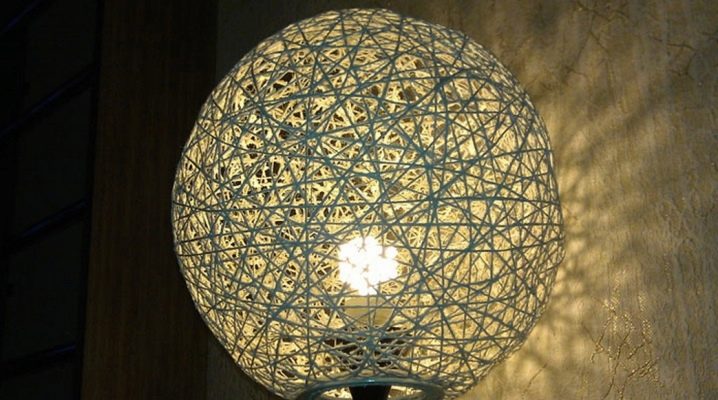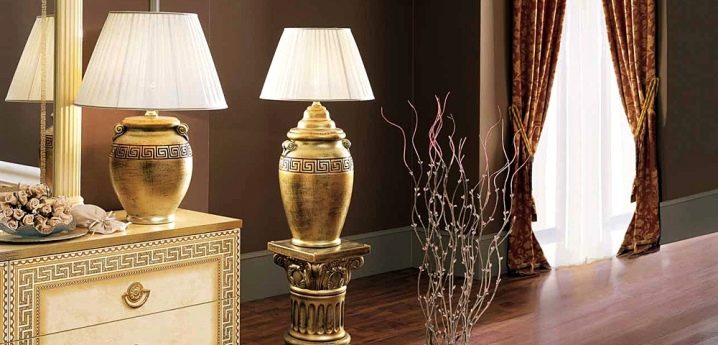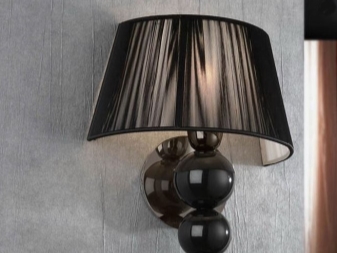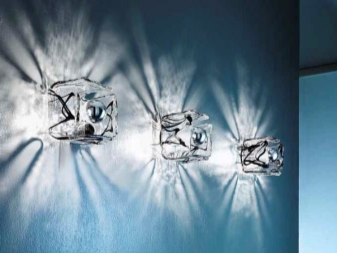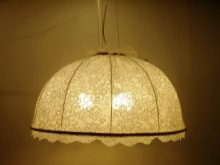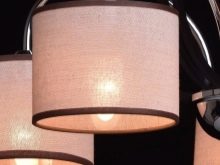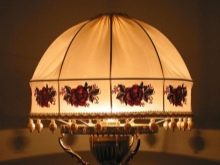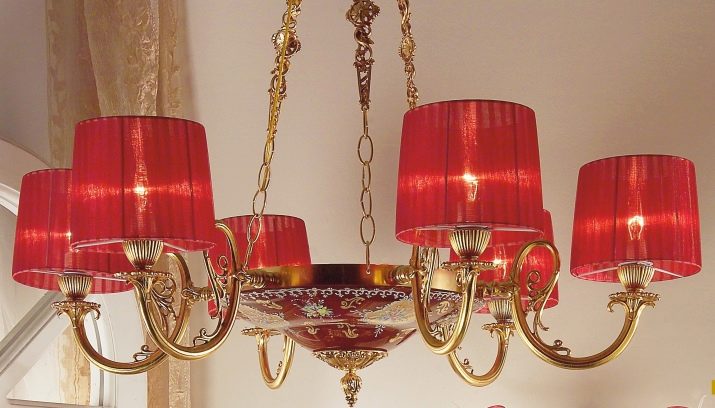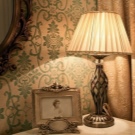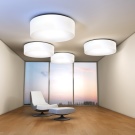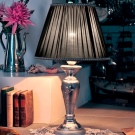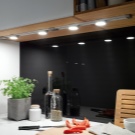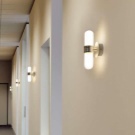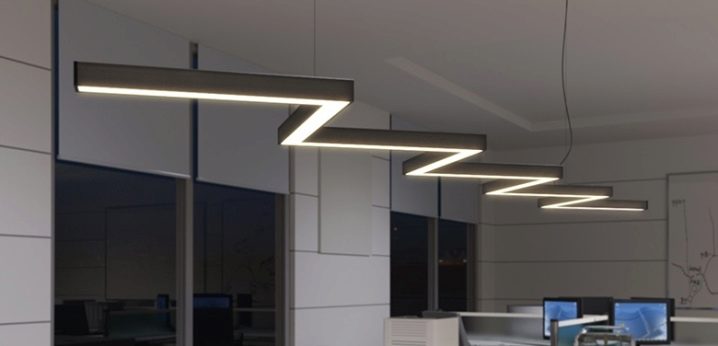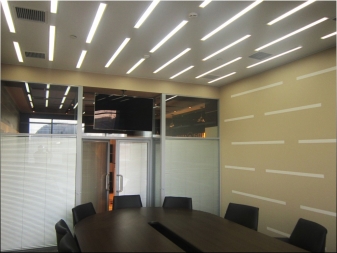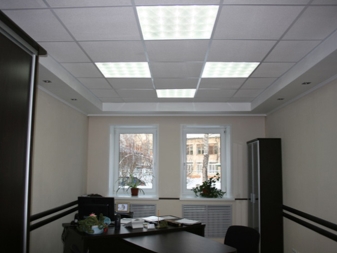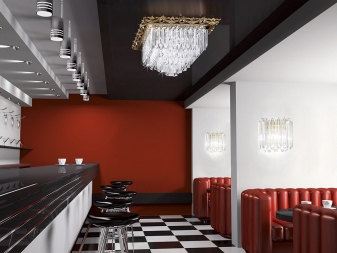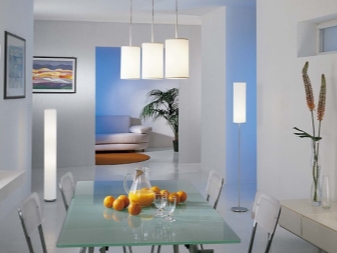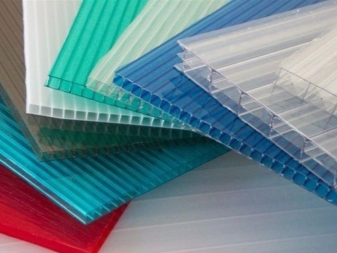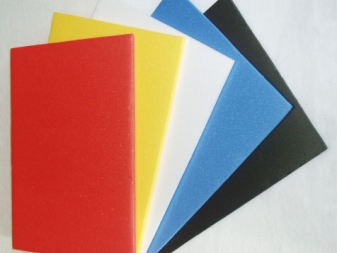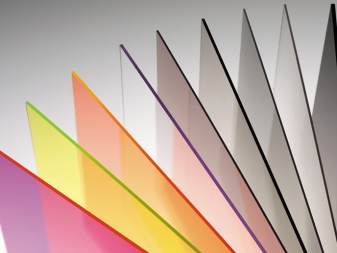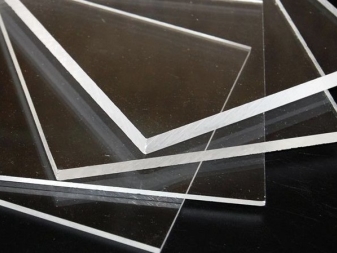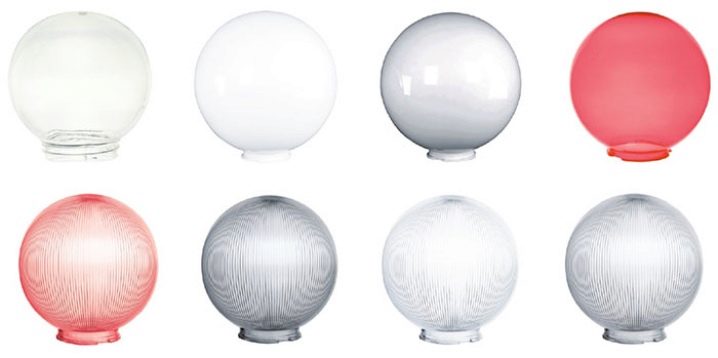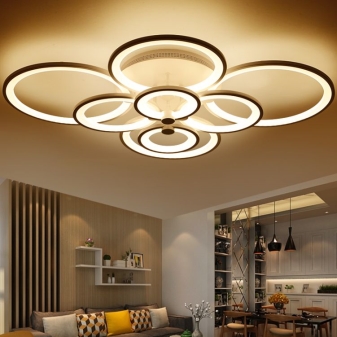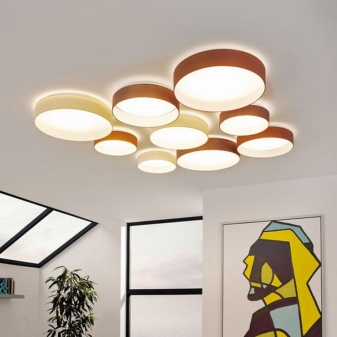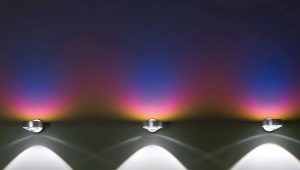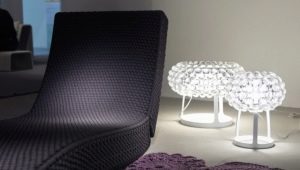Diffuser for luminaire
Modern manufacturers of lighting products offer the buyer a variety of different options that can be beneficial to complement the situation in the room. When choosing a suitable option you should pay attention to such a product as a diffuser. Often these products are called the more familiar word - lampshade. It should be noted that the degree of lighting in the room depends on the diffuser for the lamp.
Special features
As already noted above, often lenses for lighting devices are called lamp shades. Often these elements are called shades. It is worth saying that this is an optional component of the lamp, but still it is of great importance.
Usually diffusers hide the lamp, and than provide uniform distribution of light in the room. To create the ceiling used durable materials that are not "afraid" of exposure to high temperatures.An important feature is how well the diffuser transmits light from the lamp.
Most often lampshades come complete with a lamp, but if desired, it can be purchased separately. It often happens that the cover is broken - or you simply decide to upgrade the old diffuser.
A feature of many lampshades is that fire-resistant materials are used to create them. It is known that the lamps get very hot during use.
It should be noted that the use of the diffuser affects the interior of the room. Such elements are advantageously complemented by stylish designs. Since manufacturers offer a fairly wide range of models, you can easily choose the option corresponding to the design in the room. Rooms with a diffusing light look much cozier.
Main types
Today, there are several main types of diffusers, which are worth getting to know better. The first option is "Prism"used to reduce the brightness of the light flux. Usually this lens is used in LED models.
Here are some advantages of this type:
- the cover does not lose transparency with long-term use;
- to create used stabilized materials;
- no toxic substances are released when using the diffuser.
It is worth noting that this option is ideal for both large and small rooms. Luminaires with diffusers look very aesthetically pleasing, as noted by many consumers.
The next type is “Microprism”, which is used for office type premises. The peculiarity of these diffusers is the presence of a small geometric pattern. Glass is most often used to create elements. It is the most durable material, providing uniform dispersion of light in the room.
These elements are quickly and easily mounted on lamps, they are durable. In addition, this species is characterized by increased resistance to ultraviolet radiation.
Usually the thickness of the elements is 2.5 mm. The transparency of the lamp does not exceed 15%.
The next type of scatterers is called “Chipped ice”. Outwardly, this version resembles the previous look, but there are still some differences in design.These diffusers are ideal for public places: cafes, bars and restaurants.
The main feature of the "Cracked Ice" is the chaotic arrangement of elements on the surface. Diffusers not only perfectly resist the influence of ultraviolet radiation, but also are easy to clean.
For public institutions can be used opal elements. Often these lenses can be seen in restaurants. However, many people use them for home lighting. The feature of these models is to create a light yellowish tint. Often these products are called matte.
The scattering angle when using this lamp reaches 170 degrees. If to compare with the previous options, here the light transmission is slightly higher - 65%.
Materials used
Modern manufacturers use a variety of materials to create diffusers. One of the most common options is polycarbonate. The advantage of this material is resistance to high temperature. Polycarbonate products withstand mechanical stress well. Usually this material is used for prismatic models.
Often, to create products used polystyrene. Light-scattering plastic is more resistant to mechanical damage - compared with the previous type. Manufacturers offer a wide range of polystyrene diffusers. Often you can find the ceiling in various colors.
For the manufacture of opal (matt) models used polymethyl methacrylate. When compared with the previous versions, it can be noted that this view has a higher degree of transparency. Another distinctive feature of this material is durability.
How to choose?
Choosing a lens for the lamp, you need to pay attention to the light transmittance of the material. In this case, you must focus on the conditions of use of the element. For example, when choosing a diffuser for residential premises, you should look at the models that combine transparency and appearance.
It must be said that the decorative qualities of the product also play an important role. The diffuser should be in harmony with the decoration and complement the design of the room.
Pay special attention to the protective qualities of the product. For example, to protect LED lamps, it is recommended to use the most stable options - “Chipped ice” or “Prism”. It is better to give preference to the second option, as it perfectly combines good transparency and durability.
You can learn about various types of lenses from the video below.
